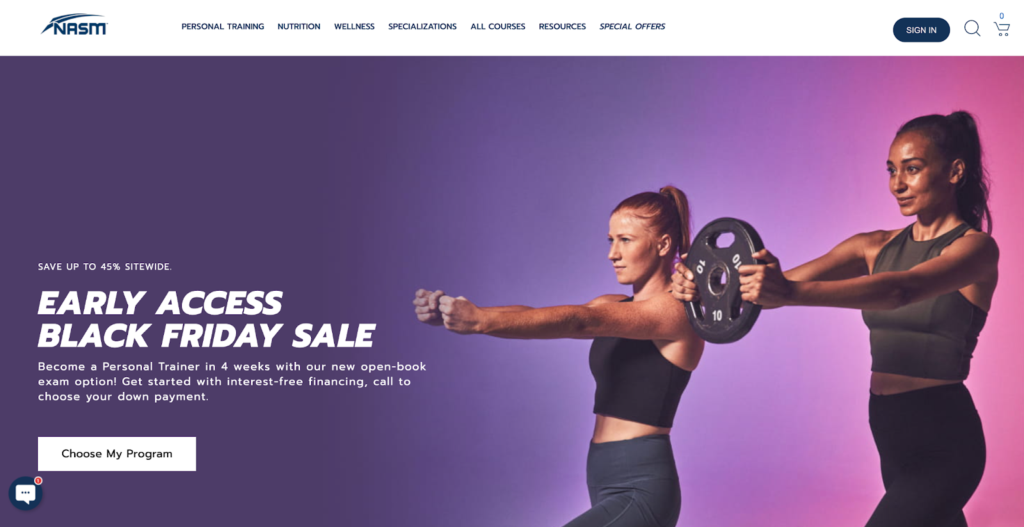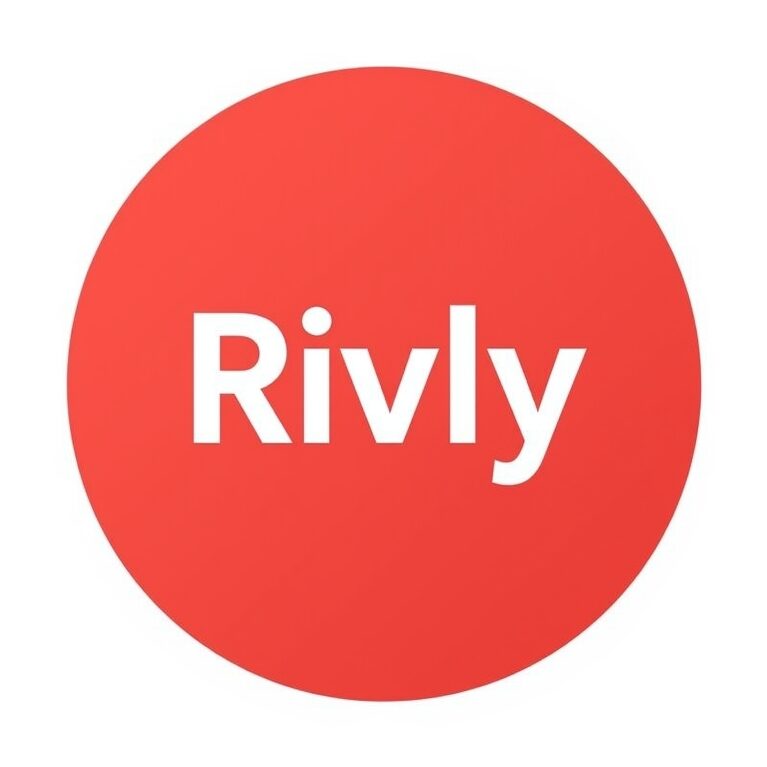Are you ready to take control of your health and fitness but don’t know where to start? Online fitness coaching might be exactly what you need.
It offers personalized guidance right from your home, fitting your schedule and goals. Imagine having a coach who understands your needs, keeps you motivated, and helps you see real results—all without leaving your living room. You’ll discover simple steps to get started with online fitness coaching, so you can feel confident and excited about reaching your fitness goals.
Keep reading to unlock the secrets that will make your fitness journey easier and more effective than ever.

Credit: kajabi.com
Choosing Your Fitness Niche
Choosing your fitness niche is the first step to success in online fitness coaching. It helps you focus on a specific group of clients. A clear niche makes your marketing easier and attracts the right people. It also allows you to become an expert in one area, building trust fast.
Popular Online Fitness Niches
Many fitness niches exist online. Some focus on weight loss, while others target muscle building. Yoga and Pilates attract people who want flexibility and balance. Senior fitness serves older adults with special needs. There is also prenatal fitness for pregnant women. Each niche has unique workouts and coaching styles.
Matching Niche To Your Passion
Choose a niche that excites you. Passion makes coaching more enjoyable and motivates clients. Think about your favorite workouts or sports. Your energy will show and inspire clients. Passion helps you stay committed and grow your skills. Avoid niches that feel boring or stressful.
Assessing Market Demand
Check if people want your chosen niche. Search online for popular fitness topics and trends. Use social media to see what clients ask about. Look at competitors and their client feedback. High demand means more clients and income. Low demand might require more effort to find clients.

Credit: www.thinkific.com
Setting Up Your Online Presence
Setting up your online presence is the first step in starting online fitness coaching. It helps people find you and learn about your services. A strong online presence builds trust and shows your professionalism. It also allows you to reach more clients easily.
Creating A Professional Website
Your website is your online home. Choose a clean design that looks good on phones and computers. Include clear information about your services and prices. Add a photo of yourself to make it personal. Use simple words to explain your coaching style. Make sure visitors can contact you easily.
Using Social Media Platforms
Social media helps you connect with potential clients fast. Pick platforms where your audience spends time, like Instagram or Facebook. Share useful tips, workout videos, and client success stories. Post regularly to keep followers interested. Reply to comments and messages to build relationships.
Building An Email List
Collect emails to stay in touch with clients and leads. Offer a free guide or workout plan to encourage sign-ups. Send regular emails with helpful content and updates. Keep emails short and clear. This keeps people interested and reminds them of your coaching.
Certifications And Qualifications
Starting online fitness coaching requires proper certifications and qualifications. These credentials prove your knowledge and skill. They build trust with clients and improve your chances of success. Understanding key certifications and ongoing learning helps you stay current and effective. Legal and insurance aspects protect your business and clients. This section covers the essentials to get started confidently.
Essential Fitness Certifications
Choose certifications recognized in the fitness industry. The Certified Personal Trainer (CPT) is a common starting point. Organizations like NASM, ACE, and ACSM offer these certificates. Focus on certifications that cover exercise science, nutrition basics, and client safety. Specialized certifications, such as strength training or group fitness, add value. These credentials show clients you follow professional standards.
Continuing Education Options
Fitness trends and science change often. Continuing education keeps your skills fresh and relevant. Many certifying bodies require ongoing courses or credits. Workshops, webinars, and online classes offer flexible learning. Topics can include injury prevention, new workout methods, or nutrition updates. Staying educated improves client results and keeps your coaching effective.
Legal And Insurance Considerations
Legal knowledge protects your coaching business. Understand local laws about fitness coaching and online services. Obtain professional liability insurance to cover potential claims. This insurance safeguards you and your clients. Draft clear contracts outlining services, risks, and responsibilities. Proper legal steps build trust and reduce risks in your online coaching career.
Designing Effective Coaching Programs
Designing effective coaching programs is key to success in online fitness coaching. A good program fits the client’s needs and helps them reach their goals. It should be clear, simple, and easy to follow. This builds trust and keeps clients motivated.
Each client is different. Their goals, fitness levels, and lifestyle vary. A one-size-fits-all plan will not work well. Coaches need to create personalized programs that suit each client’s unique situation. This makes the coaching more effective and enjoyable.
Tailoring Plans To Client Goals
Start by understanding the client’s main fitness goals. Weight loss, muscle gain, or improving endurance all need different approaches. Ask about their current habits and any health issues. Use this information to build a plan that matches their goals and abilities.
Set clear, realistic milestones. Small goals help clients see progress and stay motivated. Adjust the plan as needed based on client feedback and results. Flexibility is important for long-term success.
Incorporating Nutrition Guidance
Nutrition plays a big role in fitness results. Offer simple advice on healthy eating. Focus on balanced meals with proteins, carbs, and fats. Encourage regular hydration and portion control.
Suggest meal ideas or basic recipes. Help clients understand how food supports their goals. Avoid strict diets. Instead, promote habits that clients can keep for life.
Utilizing Technology And Apps
Use technology to track progress and communicate easily. Fitness apps can log workouts, meals, and body changes. They make monitoring simple for both coach and client.
Video calls help with exercise demonstrations and feedback. Messaging apps keep motivation high with daily check-ins. Choose tools that are easy to use and fit the client’s lifestyle.
Attracting And Retaining Clients
Attracting and retaining clients is the heart of online fitness coaching. Without clients, your coaching business cannot grow or succeed. It takes effort to bring new clients and keep them motivated over time. Focus on clear communication and consistent support. Build trust and show real results. This helps clients stay loyal and recommend your services to others. The next sections explain how to market your coaching, build strong relationships, and use testimonials effectively.
Marketing Strategies For Beginners
Start by creating a simple website or social media page. Share useful fitness tips and short videos regularly. Use clear and friendly language to connect with people. Join fitness groups or forums to share your knowledge. Offer free advice or mini sessions to attract attention. Use local keywords to reach people nearby. Post consistently to stay visible and build your audience. Small, steady steps bring steady growth.
Building Client Relationships
Listen carefully to each client’s needs and goals. Personalize workouts to fit their lifestyle and fitness level. Check in often with messages or calls to show you care. Celebrate small wins to keep clients motivated. Be honest and supportive, even when progress is slow. Create a safe space where clients feel comfortable sharing struggles. Strong relationships make clients trust you and stay longer.
Collecting And Showcasing Testimonials
Ask clients for feedback after reaching key milestones. Use simple questions to gather honest comments. Display testimonials clearly on your website and social media. Include before-and-after photos with client permission. Share stories that show real progress and satisfaction. Positive testimonials build your reputation and attract new clients. Always thank clients for their support and feedback.
Managing Your Coaching Business
Managing your online fitness coaching business is key to success. It keeps your work organized and your clients happy. Good management saves time and reduces stress. Focus on tools and methods that simplify your daily tasks. This helps you deliver better service and grow your business steadily.
Scheduling And Communication Tools
Use scheduling tools to book client sessions easily. They help avoid double bookings and missed appointments. Choose apps with reminders to keep clients on track. Use video calls or chat apps for clear communication. These tools make sessions smooth and professional. Keep messages short and clear for better understanding.
Handling Payments And Pricing
Set clear prices for your coaching services. Make payment options simple and secure. Use online payment platforms for easy transactions. Send invoices automatically after each session. Track payments to avoid confusion or late fees. Transparent pricing builds trust with your clients.
Tracking Progress And Adjustments
Monitor your clients’ progress regularly. Use simple charts or apps to track workouts and results. Adjust plans based on their feedback and goals. Keep notes on what works and what doesn’t. Share progress updates to motivate clients. This shows your care and helps improve results.

Credit: lovelyimpact.com
Frequently Asked Questions
What Is Online Fitness Coaching?
Online fitness coaching is personalized workout guidance provided via the internet. Coaches create tailored plans to match your goals. It offers flexibility, expert support, and progress tracking from home or anywhere. This method suits busy lifestyles and provides motivation through virtual communication.
How Do I Choose The Right Online Fitness Coach?
Look for certifications, experience, and client reviews. Ensure the coach’s style matches your fitness goals. Check if they offer personalized plans and regular feedback. A good coach should provide clear communication and support, helping you stay motivated and accountable throughout your fitness journey.
What Equipment Do I Need For Online Fitness Coaching?
Basic equipment like dumbbells, resistance bands, and a yoga mat is usually sufficient. Some programs may require more, like kettlebells or cardio machines. Always check your coach’s recommendations to prepare accordingly. Many workouts also use bodyweight exercises, needing minimal or no equipment.
How Do Online Fitness Coaches Track Progress?
Coaches use apps, video calls, and progress photos to monitor your improvement. They may track weight, measurements, workout performance, and overall health. Regular check-ins help adjust your plan for better results. This method ensures you stay accountable and motivated throughout your fitness journey.
Conclusion
Starting online fitness coaching takes small, clear steps. Choose a coach who fits your needs. Set simple goals and track your progress. Stay consistent and ask questions when unsure. Enjoy the process and celebrate small wins. Fitness improves with time and effort.
Keep learning and adjusting your routine. Your health and happiness matter most. Begin today and feel the difference soon.
